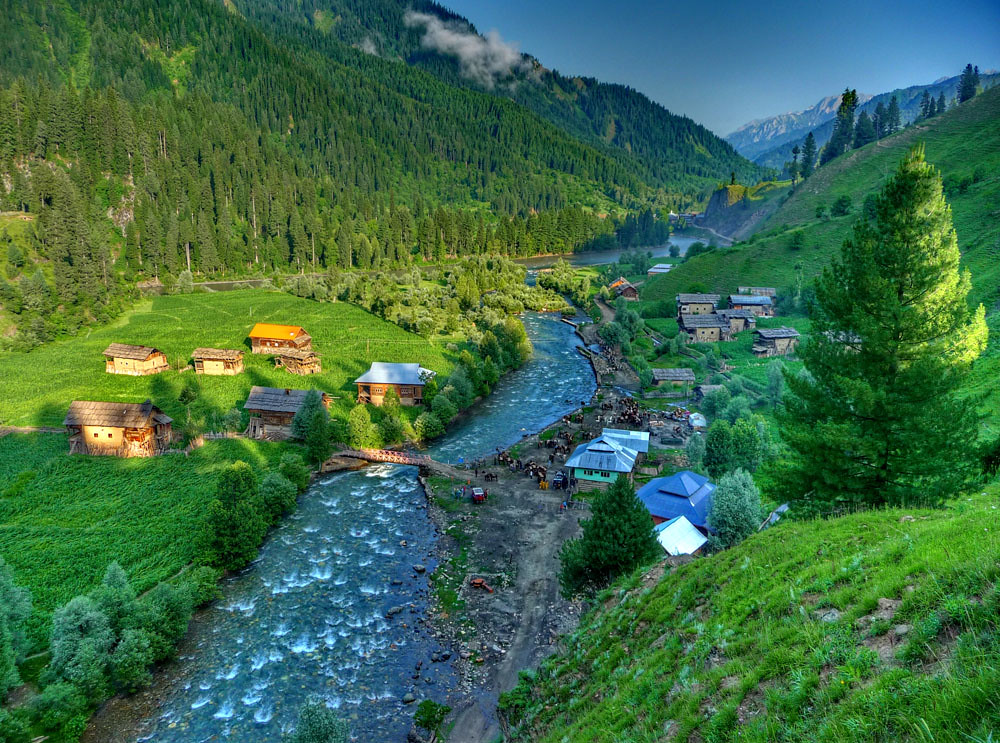he recent deplorable
killing of Professor Saba Dashtiari is yet another episode in Baloch history rooted in the creation and consolidation of Pakistan. Much of the current discussion of today, and of the last six decades, fails to take into cognisance the history behind the Baloch national struggle.
The Baloch are a very peculiar social organism with their secularity and their strong tribal networks and leadership. These factors meant that in the 1940s the Islamic rhetoric of the Muslim League failed to make an impact on the Baloch. The only strong political party in the area was the Kalat State National Party (KSNP) which was nationalist and secular in its outlook and aligned with the Congress. The KSNP took its cue from the Khan of Kalat, Ahmed Yar Khan, who, with some historical justification, claimed that Kalat was never a part of India. The British never accepted this claim but Jinnah unequivocally accepted it and signed an agreement to the effect on August 11, 1947. Satisfied by this agreement, the Khan established two houses of parliament in October 1947 to ascertain the will of the people concerning the future of the state. While not ‘democratic’ in the modern sense, the
Darul Awam (House of Commons) and
Darul Umara (House of Lords) were broadly representative of public opinion in the state.
The debates in these houses were a clear indication of the aspirations of the Baloch and Brahui people. Ghaus Bakhsh Bizenjo, the leader in the
Darul Awam, clearly stated: “We have a distinct civilisation… We are Muslims but it is not necessary that by virtue of being Muslims we should lose our freedom and merge with others. If the mere fact that we are Muslims requires us to join Pakistan, then Afghanistan and Iran should also amalgamate with Pakistan”. We are ready to have friendship with that country on the basis of sovereign equality but by no means [are we] ready to merge with Pakistan…” The Baloch knew that under accession their separate identity and unique heritage was being threatened; they only wanted alignment with Pakistan, not accession.
Unfortunately, Pakistan rejected the legitimate concerns of the Baloch. Pakistan never treated Kalat as a non-Indian state and insisted on unconditional accession. To attain this objective, the Pakistani government used several ploys, including the buying off of Kalat state feudatories (Kharan and Las Bela) through lavish privy purses, and the elevation of the Gichki sardar of Mekran — a Kalat district sardar — to princely status. The end result of these machinations, including a threat of military action, was that the Khan acceded to Pakistan in March 27, 1948.
As expected, public reaction against the accession was strong and the brother of the Khan, Abdul Karim, repudiated the accession and led the first of many insurgencies against Pakistan. The rest of Baloch history is a
litany of broken promises, threats and repression by the government. In July 1948, Abdul Karim was induced to return on an assurance of amnesty, but the promise was immediately broken. The later story of Nauroz Khan is now a legend in Balochistan. Since then — in 1958, 1977 and now — the Baloch have articulated their grievances through an armed revolt, since the government refuses to listen to their concerns.
It is high time that successive governments stop treating the Baloch insurgency as a law and order problem and assess it in its historical context. The government needs to
come to the negotiating table with respect for the distinctiveness and autonomy of the Baloch, a clear remorse for the repression of yester years, and bring to an end the divide and rule game in the province. The solution to the Baloch issue will not be easy, but it needs to be tackled now or else even going back to the drawing board might not convince the Baloch to stay in Pakistan.
Published in The Express Tribune, June 15th, 2011.

Can tourists visit?








 ..
..